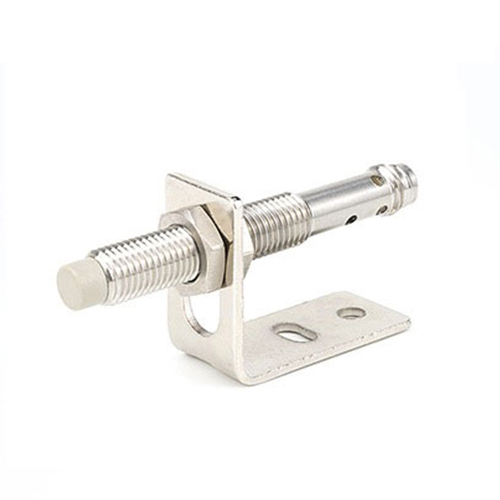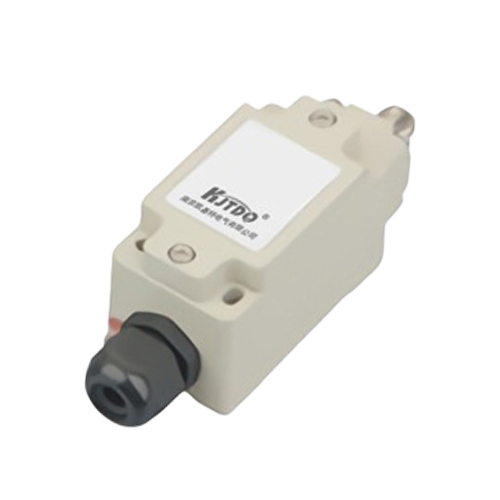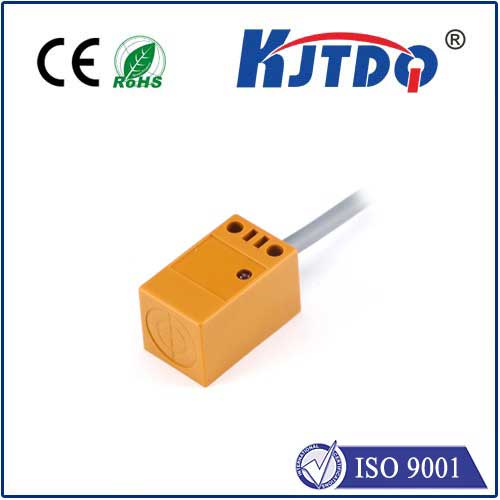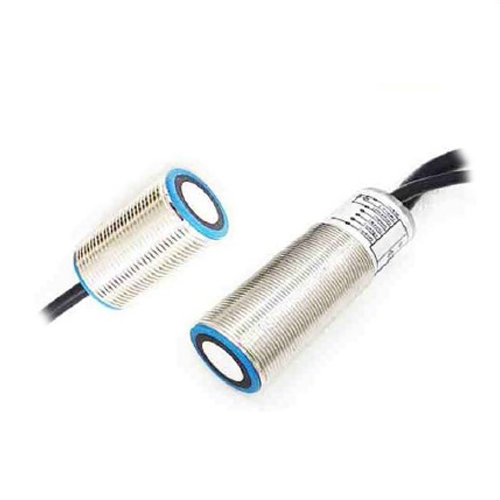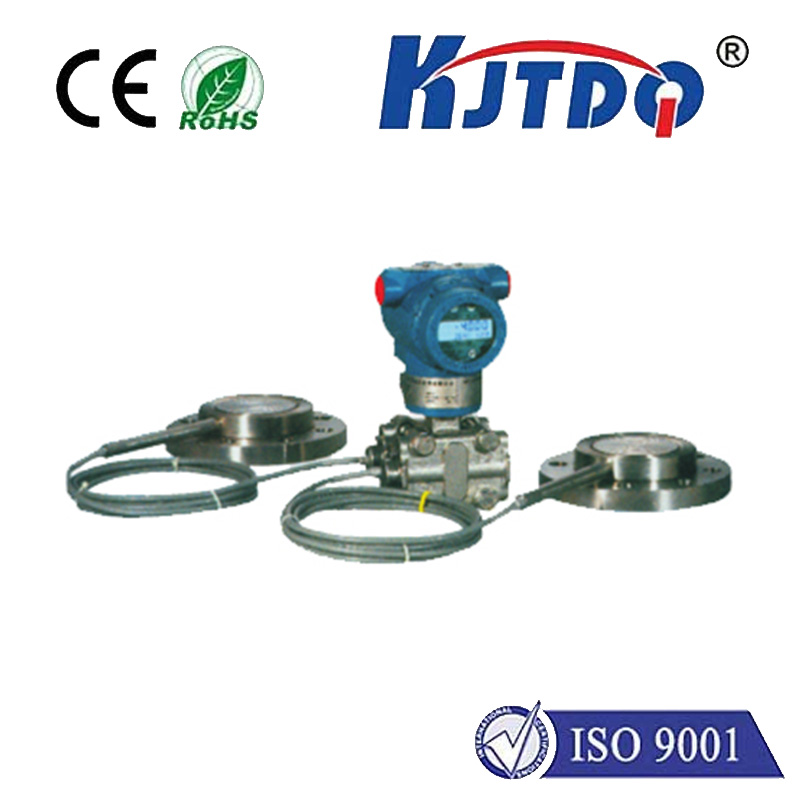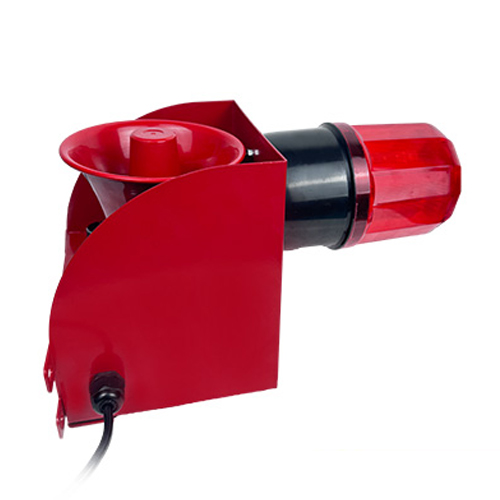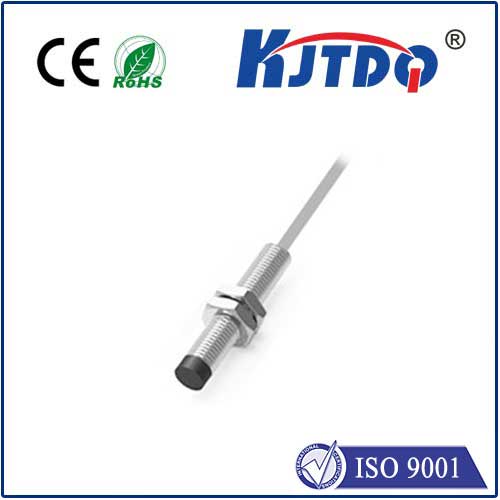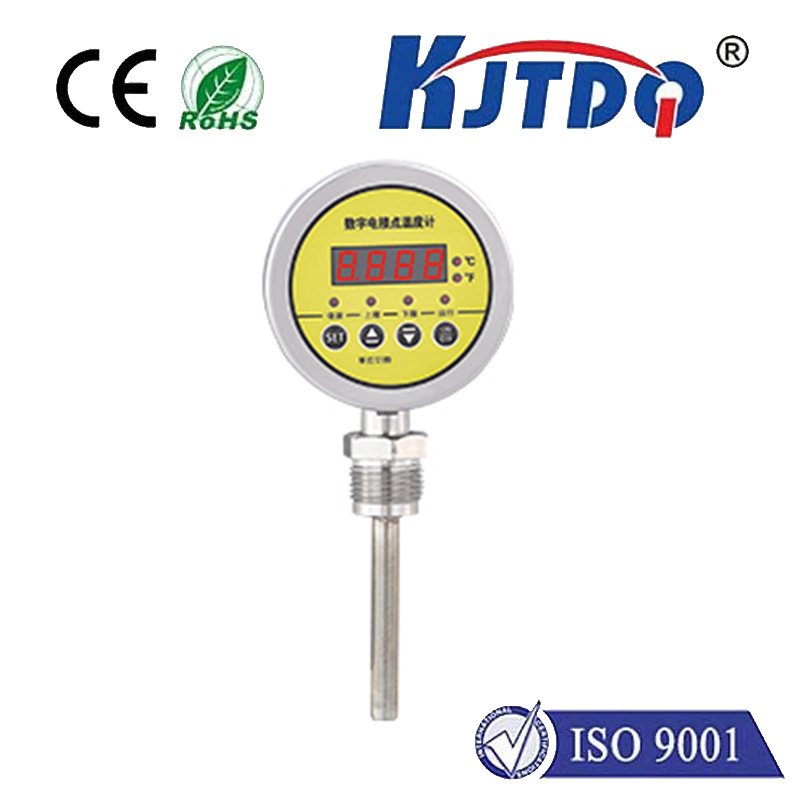thermo switch sensor
- time:2025-08-25 01:43:26
- Нажмите:0
Thermal Safety Guardians: Demystifying the Role of Thermo Switch Sensors
Ever felt the scorching heat radiating from an overloaded appliance? Smelled that faint, worrying scent of overheating electronics from a cramped enclosure? Behind the scenes, a silent guardian often works tirelessly to prevent catastrophic failure in these moments: the humble thermo switch sensor. Also widely known as a temperature switch, thermal cutoff, or ограничительный переключатель, this unassuming component is a fundamental pillar of safety and reliability in countless devices we rely on daily. Understanding its function is key to appreciating the unseen safeguards built into modern technology.
What Exactly is a Thermo Switch Sensor?
At its core, a thermo switch sensor is an electromechanical device designed to respond to changes in temperature by opening or closing an electrical circuit. Unlike a thermostat that actively regulates temperature towards a setpoint, a thermo switch acts as a critical safety limit control. Its primary mission is overheat protection. When a specific, pre-determined temperature threshold is reached, the switch changes state – either interrupting current flow (opening the circuit) or initiating it (closing the circuit) – to trigger a protective action.
The Ingenious Mechanism Inside
While various technologies exist, the bimetallic strip remains one of the most common and reliable principles used in thermo switches. This clever component consists of two distinct metal strips bonded together, each with a different coefficient of thermal expansion. Think of it like two rulers made of different materials glued together – one expands faster when heated. As temperature rises:

- Heat Absorption: The thermo switch’s sensor area heats up.
- Differential Expansion: The metal with the higher expansion rate stretches more than its counterpart.
- Physical Deformation: This uneven expansion causes the bonded strip to bend or snap.
- Electrical Action: This physical movement is harnessed to either:
- Break Contact: Forcefully separate electrical contacts, opening the circuit (most common for safety cutoffs).
- Make Contact: Force contacts together, closing a circuit (often used for initiating alarms or auxiliary cooling).
This action is typically snap-acting, meaning it happens quickly and decisively once the threshold is crossed, ensuring a clear and reliable break or make in the connection.
Key Variations and Applications: Protecting a Diverse World
Thermo switch sensors come in various forms tailored for specific needs:
- Normally Closed (NC) / Open on Rise (OOR): This is the quintessential safety switch. The circuit is closed under normal temperatures. When the setpoint temperature is exceeded, it opens, cutting power. This type is ubiquitous in:
- Electric motors (pumps, fans, compressors) to prevent winding burn-out.
- Transformers and power supplies.
- Household appliances (kettles, coffee makers, hair dryers, irons) - that “click” you hear when it turns off? Often a thermo switch!
- Battery packs for overcharge/discharge protection.
- Industrial heaters and ovens.
- Normally Open (NO) / Close on Rise (COR): Circuit is open normally. When temperature rises to the setpoint, it closes, completing a circuit. Often used for:
- Activating cooling fans or alarms when a temperature limit is breached (e.g., in computer power supplies, engine compartments).
- Warning light indicators.
- Manual Reset vs. Automatic Reset:
- Automatic Reset: Once the temperature cools down below the switch’s reset point (usually slightly lower than the trip point), the bimetallic strip returns to its original shape, re-establishing the circuit state (closing an NC switch, opening an NO switch). Common in lower-risk applications where temporary overloads happen (e.g., some motor protectors, simple appliances). Crucially, this means the device could potentially restart repeatedly if the fault persists.
- Manual Reset: Requires physical intervention (pressing a button) to reset the switch after a trip. This is essential safety practice for high-risk equipment. It ensures the cause of the overheating is investigated and resolved before the system can be restarted. Think industrial machinery, high-power tools, complex power systems.
Why Choose a Thermo Switch? Key Advantages
In a world of sophisticated digital sensors and controllers, thermo switches endure for critical safety roles due to compelling advantages:
- Simplicity & Reliability: No complex electronics, power supplies, or software needed. The mechanism is direct and robust.
- Cost-Effectiveness: Extremely low cost compared to electronic controllers with similar safety ratings.
- Fail-Safe Operation: Mechanical failure modes (especially in NC configurations) often result in an open circuit, inherently creating a safer shutdown state.
- High-Temperature Tolerance: Can be designed and manufactured to withstand very harsh environments and extreme temperatures where electronics might falter.
- Immunity: Generally unaffected by electrical noise (EMI/RFI) that can disrupt electronic sensors.
Selecting the Right Thermo Switch: Critical Considerations
Choosing the correct thermo switch isn’t arbitrary. Mismatch can lead to nuisance tripping or, worse, failure to protect. Key factors include:
- Trip Temperature: The exact temperature at which the switch must activate. Precision here is vital. Know your system’s safe operating limit and absolute maximum before failure.
- Reset Temperature: Especially important for automatic reset switches. Ensure it allows sufficient cooling before restarting.
- Voltage & Current Rating (Electrical Load): The switch must handle the voltage and, crucially, the inrush and steady-state current of the circuit it controls. Exceeding these ratings causes premature failure or welding of contacts.
- Manual vs. Automatic Reset: Prioritize manual reset for critical safety applications to prevent unattended or dangerous restart cycles. Automatic reset is suitable for non-critical, self-recovering situations.
- Environmental Conditions: Consider ambient temperature, potential exposure to moisture, chemicals, oil, vibration, and required ingress protection (IP rating).
- Form Factor & Sensing Method: Size constraints and how the sensor interfaces with the heat source (surface mount, immersion, air sensing). Good thermal coupling is essential for accurate response.
- Safety Certifications: Look for relevant certifications (UL, VDE, TÜV, etc.) for the intended market and application, ensuring compliance with safety standards.
The Indispensable Protector
From preventing your coffee maker from melting down to safeguarding multi-million dollar industrial machinery, the thermo switch sensor is an unsung hero. Its elegant mechanical simplicity offers unmatched reliability and cost-effectiveness for critical over-temperature protection. Understanding its operation, types, and selection criteria empowers designers, technicians, and even informed consumers to appreciate and ensure these vital safety mechanisms are correctly implemented. They stand as vigilant thermal safety guardians, quietly ensuring that when temperatures rise dangerously, a decisive electrical action intervenes to protect both people and equipment.

